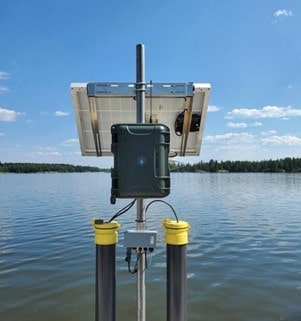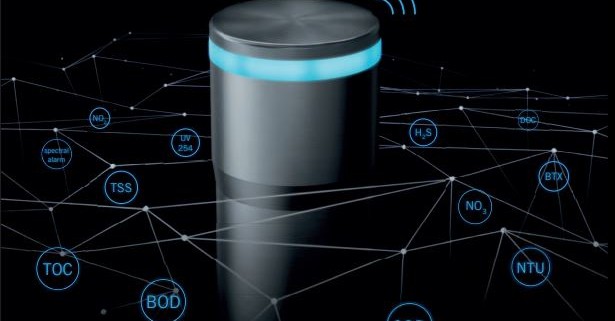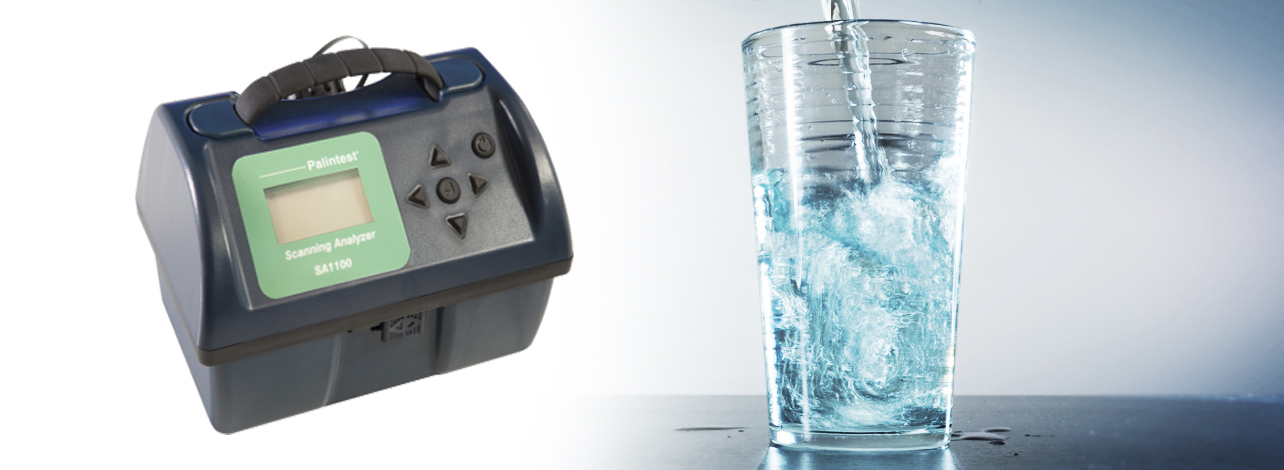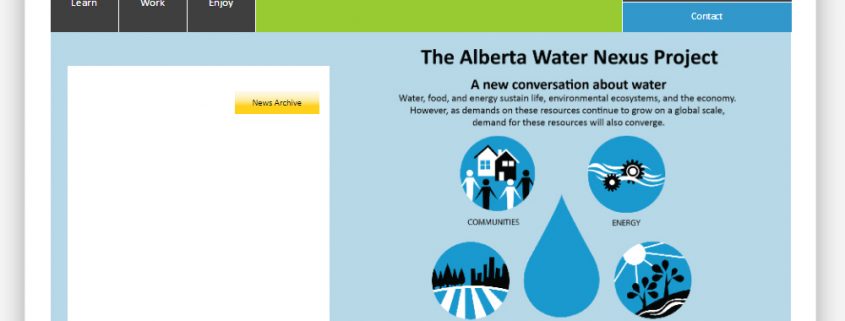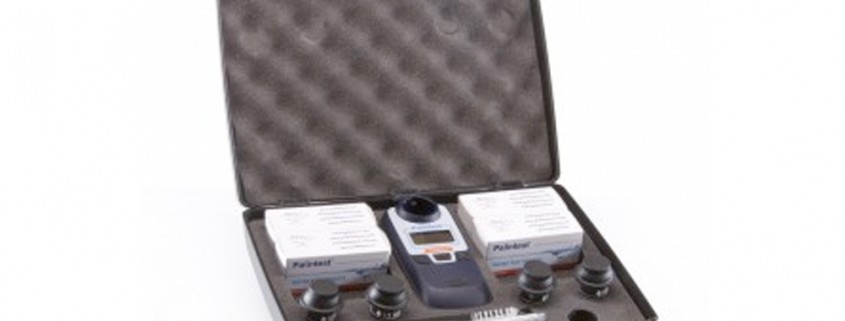Effluent monitoring – A brewing opportunity
/0 Comments/in Blog Posts/by Steven SimpsonThe modern brewery has two operational objectives: maximize production and meet regulator requirements. As any engineer knows, these are not exactly complimentary objectives. So then, what is a brewery to do? It’s simple, monitor.
But, what do we mean by monitor?
The problem
In the traditional wastewater effluent process “monitor” means one thing: composite samplers and lab analysis. In other words, monitoring is a word that is generally associated with expensive, sparse, error prone data. To monitor effectively and economically, the data needs to flow in real-time, without error, and be comparable to lab methods.
Okay, so we need to maximize production, meet regulator requirements, and that this needs to be achieved with real-time data that is both reliable and comparable to lab methods. This implies the need for a monitoring system that can be dropped in place, and that system should also be able to maintain itself, have the smarts to send data to appropriate locations, and alert personnel to events. And, since we are trying to reduce the cost compared to traditional methods, the notion of using consumables or reagents is gone. Much like me at 16 years old looking for a Porsche with the budget of a Lada, our list of options is shrinking dramatically.
We don’t have to settle for the Lada however, since there is one solution – online spectroscopy.
The solution
Traditionally found on a lab bench, spectrometers emit light through a water matrix and measure the absorbance of water at particular wavelengths. Without diving too deep into the science, the constituents of the water matrix uniquely absorb light at particular wavelengths, and thus the amount of each constituent can be measured directly. This means that by simply measuring how light is absorbed by water, we can determine what is in that water. If we take this a step further and measure multiple wavelengths simultaneously, we can construct the “fingerprint” of water, and compensate for cross sensitivities such as turbidity. This allows us to determine key parameters, corresponding to different wavelengths, as seen below.
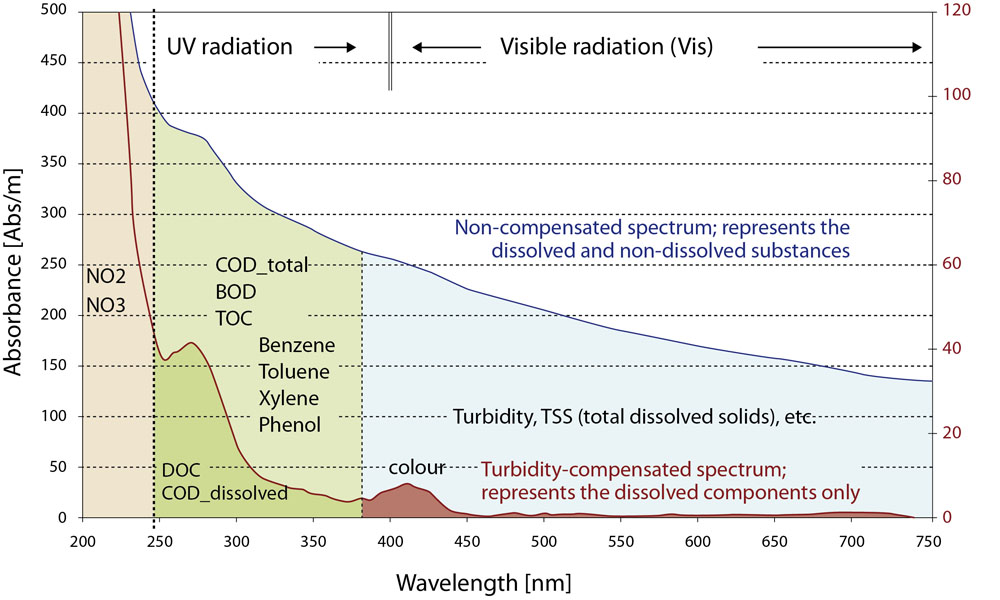
s::can Messtechnik has spent the better part of 21 years researching, developing, and proving the validity of this method. Further, they have reduced the cost and increased the ruggedness of the spectrometer by packaging it in a probe, known as the spectro::lyser. The spectro::lyser measures absorbance from 190-750nm, discretized into 256 characteristic wavelengths, and leverages “global” calibrations that allow for plug and play measurement of key parameters based on data from water sources around the world.

Real results
We partnered with a well known Vancouver based brewery to solve their dilemma, utilizing the s::can spectro::lyser and pH::lyser pro to monitor their effluent COD, pH and TSS in real-time before it discharges to Metro Vancouver. The data feeds directly into their DCS, ensuring operational awareness, while automated cleaning facilitates low maintenance, stable measurement. A special calibration for the sump pit deployment was created by s::can, allowing for early warning of high loads and, interestingly enough, beer discharge.
Yes, you read that correctly. Beer discharge. Lets talk about that.
The introduction of beer to the water matrix (more specifically yeast) can be pinpointed and consequently monitored in the effluent. While this may seem to be unnecessary, the calibration was proven to be quite necessary when a discharge of 80,000L of beer occurred overnight in a period of 30 minutes. This was both unfortunate (for us beer drinkers), and would not have been caught by the prior 24-hour composite sampler.

Wrapping it up
Years later, the s::can system has proven itself a valuable process control tool with the brewery. It has provided cost savings by reducing required lab samples, lost product, and it benefits all stakeholders by empowering the brewery to meet permit regulations while maximizing operational efficiency. And they aren’t alone, as breweries throughout the world have begun to take notice and execute on the same process improvements.
Cheers to good beer and the future of making it.
New Government Regulation Proposed, Is Your Equipment Ready?
/0 Comments/in Blog Posts/by aquaticlife_adminLead in Drinking Water
The existing guideline for lead, last updated in 1992, based its maximum acceptable concentration (MAC) of 0.01 mg/L (10 µg/L) on a provisional tolerable weekly intake of lead established by the World Health Organization (WHO) at a level that showed no increase in blood lead levels and thus no expected increase in health risks. This new document identifies reductions in IQ as the critical effect of lead, with a proposed MAC of 0.005 mg/L (5 µg/L) based on analytical achievability. It provides updated data and information related to exposure to lead in Canada, to analytical methods and to treatment approaches available at the municipal and residential scales. Based on these considerations, the document proposes a MAC of 0.005 mg/L for total lead in drinking water.
Government Regulation Document:
We have the right instrument for the job. The SA1100 Scanning analyzer has the ability to measure 0-100ppb in just 3 mins.
Palintest SA1100 product page:
The Alberta Water Nexus Project
/0 Comments/in Blog Posts/by aquaticlife_adminA new conversation about water
Water, food, and energy sustain life, environmental ecosystems, and the economy. However, as demands on theses resources continue to grow on a global scale, demands for these resources will also converge.
Website: http://albertawater.com/
Pooltest 3 Winner at CIPHI AEC
/0 Comments/in Blog Posts/by aquaticlife_adminThank you to all who came to our booth at CIPHI AEC. Congratulations James Lu from Environmental Health for winning our draw for the Pooltest 3.
Aquatic Life will be attending CIPHI AEC on Sept 25-28
/0 Comments/in Blog Posts/by aquaticlife_adminCome visit Aquatic Life at CIPHI AEC booth #2. Learn about the latest and greatest products from the Palintest lineup.
Canada’s premier education event for Environmental Public Health and Allied Professionals
Learn more about CIPHI AEC:Â https://aquaticlife.ca/event/ciphi-aec/
Recent Blog News
 THIS IS HOW WE ARE IMPLEMENTING A NEW ADAPTIVE MONITORING PROJECT ON THE WINNIPEG RIVERJune 7, 2022 - 3:34 pm
THIS IS HOW WE ARE IMPLEMENTING A NEW ADAPTIVE MONITORING PROJECT ON THE WINNIPEG RIVERJune 7, 2022 - 3:34 pm Effluent monitoring – A brewing opportunityMay 27, 2020 - 2:21 pm
Effluent monitoring – A brewing opportunityMay 27, 2020 - 2:21 pm The Brand New Spectro::lyser V3January 29, 2020 - 4:31 pm
The Brand New Spectro::lyser V3January 29, 2020 - 4:31 pm Aquahive – Smart Water Monitoring SolutionOctober 25, 2018 - 9:46 am
Aquahive – Smart Water Monitoring SolutionOctober 25, 2018 - 9:46 am
Pages
- Applications
- Aquatic Life Newsletter
- Blog News
- Careers
- Cart
- Case Studies
- Checkout
- Commissioning
- Contact Us
- Courses
- Home
- Manufacturer
- Monitoring & Data Storage
- My account page
- Newsletter signup
- Other
- PRIVACY POLICY
- Products
- Rental and Leasing
- Request a Quote
- Services
- store
- Support & Education
- Technical Guides
- Tradeshows and Conferences
- Unsubscribe from Newsletter
- Webinars
Business Hours
Contact us: 800-409-8378 or (204) 753-5270
Fax: (204) 753-2082
P.O. Box 39, Address: 1 Vanier Ave, Pinawa, Manitoba R0E 1L0
- Monday-Friday: 9am to 5pm Central Time
- Saturday: Closed
- Sunday: Closed

